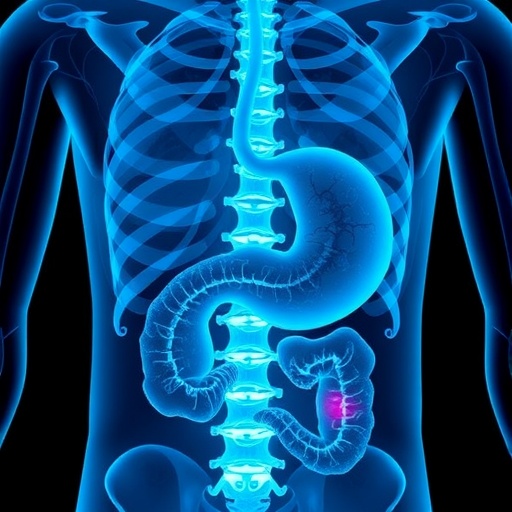Milan, Italy: A comparison of three types of radiotherapy for children’s brain tumours suggests that a type of proton therapy called pencil beam scanning offers the best hope of preserving cognitive functions.
The study, presented at the ESTRO 38 conference, shows that this new form of radiotherapy delivers the lowest doses of radiation to the temporal lobes and hippocampus, areas of the brain important in functions like memory.
The study was presented by Laura Toussaint, a PhD student at the department of Medical Physics, Aarhus University Hospital, Denmark.
She said: “Brain tumours are the second most common type of cancer in children. Survival rates have increased in recent decades and currently 75% of children diagnosed with a brain tumour will be alive five years later.
“Alongside surgery and chemotherapy, radiotherapy plays an important role in treating brain tumours in children, but we need to protect children’s developing brains from any unnecessary radiation. The more we learn about how to effectively target brain tumours while minimising the dose to other parts of the brain, the better we can preserve children’s cognitive abilities and quality of life after treatment.”
Ms Toussaint and her colleagues carried out detailed studies of ten different children treated for brain tumours. Each child had been diagnosed with a type of cancer called craniopharyngioma, centrally located in their brain.
For each child, they planned treatments with each of the three types of radiotherapy: volumetric modulated arc therapy (VMAT), double scattering proton therapy (DSPT) or pencil beam scanning proton therapy (PBS). All three are advanced radiotherapy treatments but DSPT and PBS are both types of proton therapy, which research suggests is better at targeting the tumour more precisely while sparing the surrounding tissues. However, they require expensive specific equipment, which is not yet available in all hospital. PBS is an especially precise form of radiotherapy that delivers treatment via a very narrow proton beam.
Previous research has shown that radiation doses to particular areas of the brain, including the temporal lobes and hippocampus, have an impact on children’s cognitive outcomes, specifically in memory functions. Ms Toussaint and her colleagues used these existing data to select 30 structures in the children’s brains to study.
The researchers used CT and MRI scans to precisely locate the structures in each of the children’s brains. Then they compared the three treatment plans for each child to see which type of treatment was better at sparing those 30 structures from radiation, categorising the dose to each structure as high, medium or low.
They found that the doses to the temporal lobe were lower with the PBS treatment, compared to both the DSPT and VMAT treatments.
They found, for example, that 41% of the left hippocampus volume was receiving low doses of radiation with the DSPT plans, while being spared with the PBS treatment.
Using the existing data on the impacts of radiation to these regions of the brain, the researchers predict that the proton therapies, particularly the PBS treatment, would result in less impairment of the children’s memory function.
Ms Toussaint said: “We have looked at three types of radiotherapy, which all aim to successfully treat brain tumours while doing as little damage to children’s brains as possible. What we found was that pencil beam scanning proton therapy seems to be by far the best at avoiding parts of the brain that are important in children’s memory. The next step would be to confirm this finding with clinical research in patients.
“The use of proton therapy has been expanding rapidly over the last decade and is becoming more and more available for cancer patients, especially for children. This also means that more research can take place.”
There are around 25 proton therapy centres operating in Europe and another 19 are under construction or planned.
Professor Umberto Ricardi, President of ESTRO and head of the Department of Oncology at the University of Turin, Italy, who was not involved in the research, said: “The aim of radiotherapy is to effectively treat cancer while causing as little damage as possible to the rest of the body. This aim could not be more important than when we are treating children’s brains. Proton therapy is already being used in some hospitals to treat brain tumours in children, but this study offers evidence of the benefits it might bring in terms of protecting cognitive functions and quality of life. We hope this work will lead to more research in this vital area.”
###
Media Contact
Kerry Noble
[email protected]




